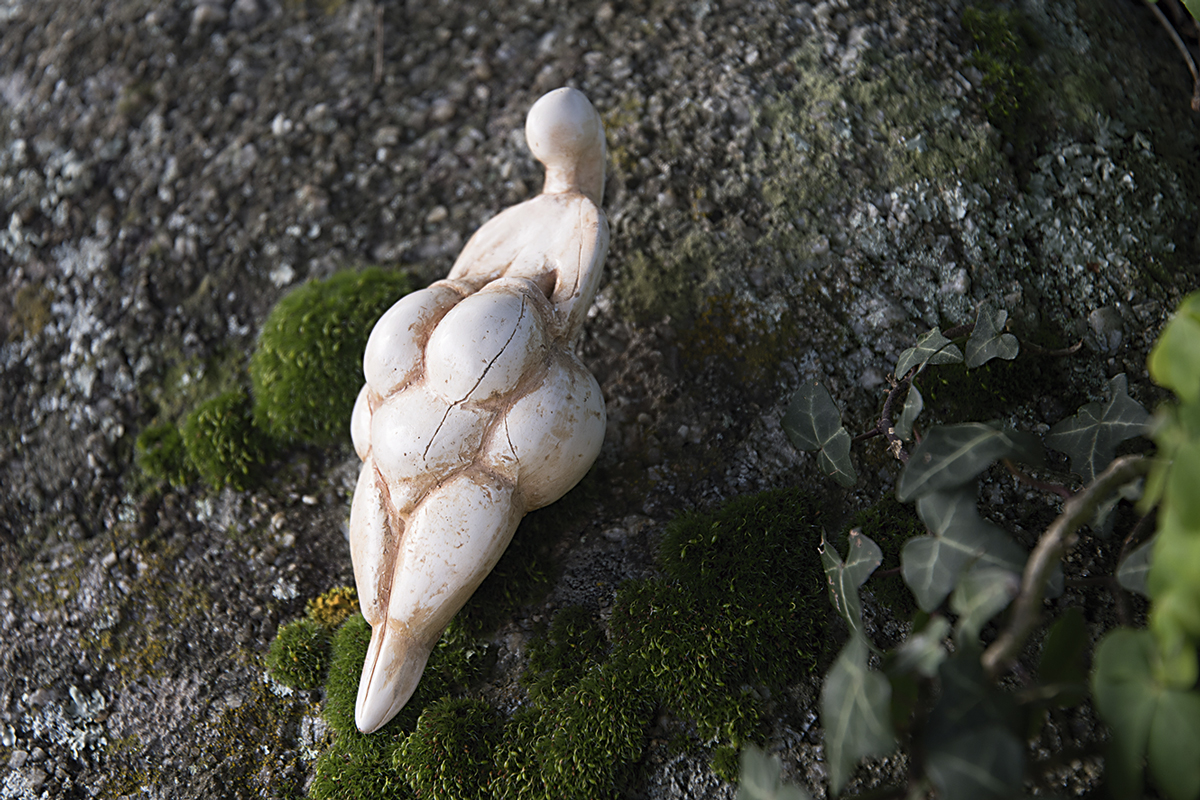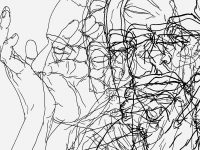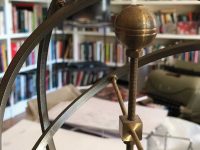
«In Italy, in thirty years under Borgia rule, they suffered wars, terror, and massacres, but they produced Michelangelo, Leonardo da Vinci, and the Renaissance. In Switzerland they had brotherly love, five hundred years of democracy and peace, and what did that produce? The cuckoo clock.» This phrase from Harry Lime, the bad guy in Orson Welles’s The third man, is not entirely true, but it is effective because it highlights the idea that creativity flourishes under the reign of uncertainty.
Science seeks to suppress this uncertainty: one of the most valuable products of scientific knowledge is the ability to predict. It works if you think of the universe as behaving very much like a clock, with its gears and causal relationships. Discovering that there is order under the apparent chaos is comforting, but it has not always been evident. 200,000 years ago the clues were not at all clear. At the time, most Homo sapiens lived at latitudes near the equator. Time in those latitudes is essentially linear: there is no marked separation between seasons, and so it is difficult to predict what will come next. However, the picture changes at mid latitudes: time changes become circular, marked by the four seasons, and then the notion of an ordered, mechanical world that can be predicted emerges.
But it is one thing to be aware of the annual astronomical cycle and another to discover the mechanisms of life. We don’t know for sure what, but something happened about 40,000 years ago in what is now Europe: in the cold season, our ancestors carved small figurines, many of them representing women with voluptuous features; and in the deepest and darkest part of some caves, the walls were covered with symbols and representations of animals (this type of Palaeolithic cave art has also been discovered in Southeast Asia). This explosion lasted no less than 30,000 years. However, such a peculiar explosion of creativity went as it came. Then came the Neolithic, agriculture, livestock… and clocks.
«Discovering that there is order under the apparent chaos is comforting, but it has not always been evident»
Leonardo and Michelangelo’s Palaeolithic ancestors turned to magic, totemism, or shamanism (these are three of the hypotheses used to explain the creative explosion of cave paintings and Venus statuettes) as a way to influence natural phenomena. One of the most important mysteries was that of reproduction, both for humans and other animals. The relationship between intercourse and pregnancy has not always been evident. In an episode of The Simpsons, Apu asks Homer about his decision to have children, to which Homer responds with a mixture of surprise and ridicule: «Decide? Babies just happen». In humans, gestation lasts nine months, too long to put anything together when you have no other knowledge about the subject. One of the functions of Palaeolithic art could be precisely to influence a fertility the mechanisms of which were uncertain. Until loose ends were tied up and the underlying machinery was discovered.
About 10,000 years ago we stopped painting at the back of European caves. We also stopped carving figurines. Some palaeoanthropologists have suggested that dogs may have been the key. At that time, dogs, that is, wolves, began to form part of our family. These animals copulate in plain sight and their gestation period lasts only two months. Never before had humans had continuous visual access to the reproductive cycle of another mammal. Then we were able to put the pieces together: children come from copulation; no further magic is needed. There is order not only in astronomical phenomena, but also in biological processes. This order allowed us to generate knowledge, which crystallises every time we establish relationships between phenomena that were originally thought to be isolated.





